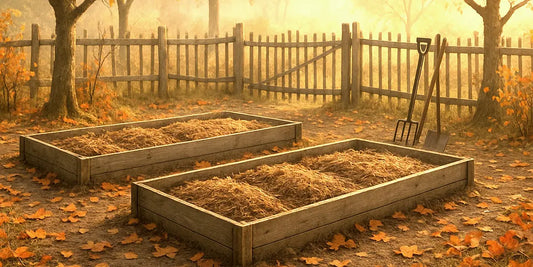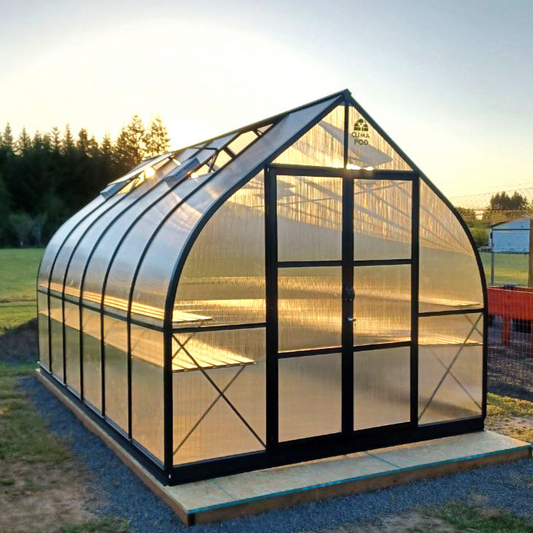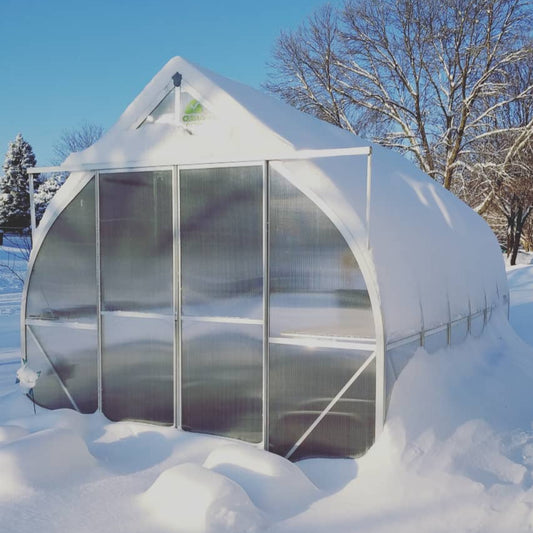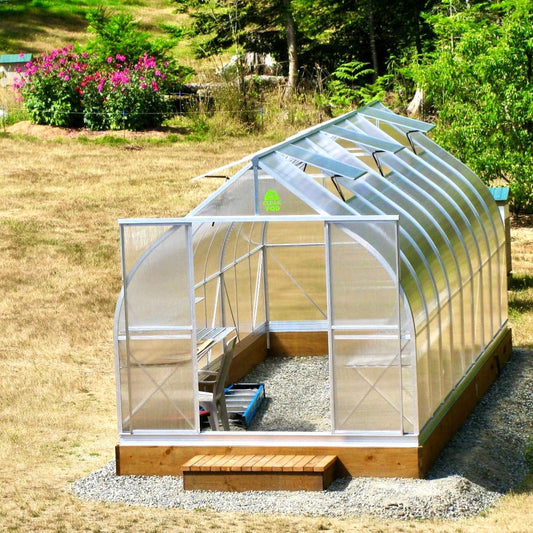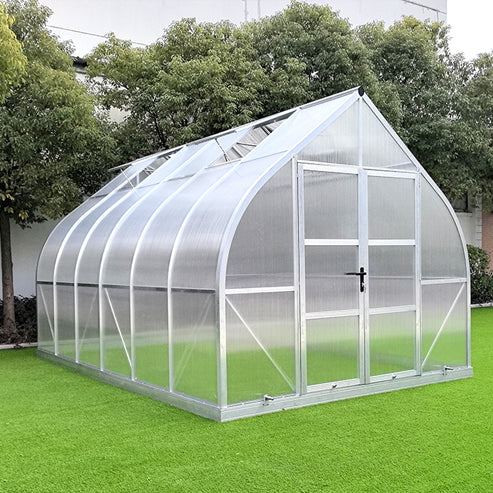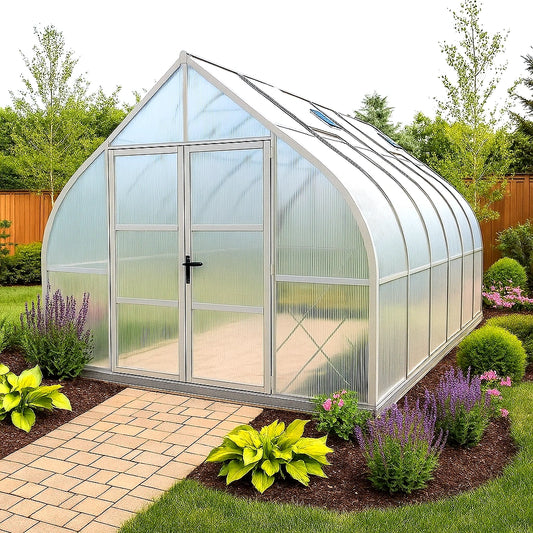
Perfect Greenhouse Watering: Techniques & Timing
Proper greenhouse watering helps create a healthy growing environment for your plants. Both overwatering and underwatering can harm your crops, so it's essential to follow the right watering schedule, based on plant type, soil, and climate.
Best Time to Water: Morning or Evening?
The ideal watering time depends on your plant’s heat tolerance and local weather conditions.
| Time of Day | Benefits | Best for |
|---|---|---|
| Morning | • Cooler water contains more oxygen • Less humidity buildup • Easier to ventilate the greenhouse during the day |
Tomatoes, cool nights |
| Evening | • Water is warmer (less shock to plants) • Moisture stays in the soil overnight • Reduces water evaporation |
Cucumbers, eggplants, potatoes |
How Often to Water Greenhouse Vegetables
Watering needs vary depending on the type of vegetable, season, and soil type. Here's a quick reference chart for popular crops:
Greenhouse Vegetable Watering Schedule
| Vegetable | Watering Frequency | Notes |
|---|---|---|
| Tomatoes | Every 3 days until flowering, then once a week | Use warm, settled water |
| Cucumbers | Every 3 days before flowering, less frequent later | Prefer evening watering |
| Eggplants | Start 5 days after transplanting → then daily | Moisture-loving and sensitive |
| Carrots | Only when soil is dry | Avoid soggy soil to prevent rot |
| Onions | Water when the topsoil is dry | Small amounts, shallow roots |
| Potatoes | First watering 20 days after planting | Reduce watering after sprouting |
| Strawberries | About twice a week, depending on temperature | Drip irrigation is best |
| Peppers | Moderate but consistent watering | Sensitive to water stress |
Watering Methods for Greenhouses
Choosing the right irrigation method helps avoid disease, root damage, and uneven watering:
| Method | Benefits |
|---|---|
| Drip Irrigation | Conserves water, prevents soil erosion, reduces weed growth |
| Overhead “Rain” Watering | Simulates natural rainfall, evenly moistens surface |
| Manual Hose Watering | Good for small areas but risk of overwatering |
| Supplemental Irrigation | Useful for dry spells or specific crops like strawberries |
💡 Tip: Always adjust watering based on temperature, humidity, and soil type. Sandy soils dry out quickly and require more frequent watering.
Signs of Improper Watering
- Wilted leaves may indicate too little water.
- Mold, fungus, or root rot can result from overwatering.
- A hard crust on the soil surface can block air — loosen soil before watering to improve air and water flow.


